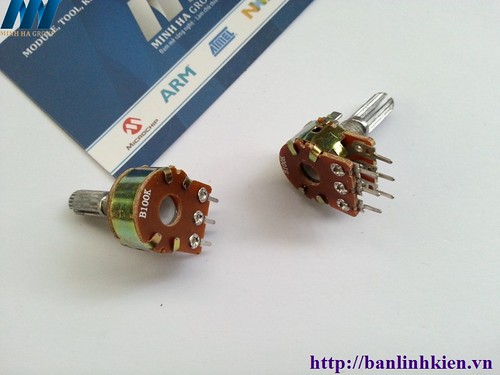My take: In one of the designs there is a 10 uf, 100nf (c1,c2, C3, C4 and C9 in the supply.
The 100 nf across the diodes should be ceramic. Not in the audio path.
With all of the parallel combinations different types should be used, but a 10 uF Tantalum is way too expensive.
A mix of Tantalum, metalized film and electrolytic would be best for the filters, Ceramic has better performance at RF frequencies.
ESR, temperature and surge ratings are important int the supply. Varying the types of capacitors helps. Tantalum caps are more expensive that film caps. Usually film caps top off around 1 uf.
The 100 nf across the diodes should be ceramic. Not in the audio path.
With all of the parallel combinations different types should be used, but a 10 uF Tantalum is way too expensive.
A mix of Tantalum, metalized film and electrolytic would be best for the filters, Ceramic has better performance at RF frequencies.
ESR, temperature and surge ratings are important int the supply. Varying the types of capacitors helps. Tantalum caps are more expensive that film caps. Usually film caps top off around 1 uf.
 3 x 70W amps: l, R, & sub
3 x 70W amps: l, R, & sub Nikolai, you will be able to have base as heavy as you like- more heavy than even you could take. just say how much, or even set it yourself. You are not understanding how it all works.
Nikolai, you will be able to have base as heavy as you like- more heavy than even you could take. just say how much, or even set it yourself. You are not understanding how it all works.
